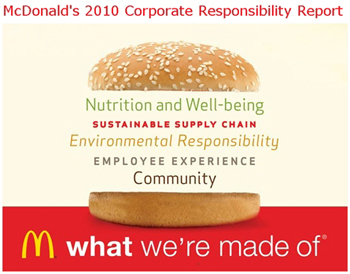Many people dislike group challenges, especially the ones that last the whole term and you didn’t get to choose your group. However, although I do believe that they are hard, I also think that these projects help you grow and improve your abilities/skills way more than an individual project would.
Working throughout the term on the company “Zara” and getting really invested in their mission, business model, marketing mix, and different strengths and weaknesses helped me tie the theoretical stuff we learn in class with how that looks in a “real world” example.

Working with a group I learned to listen and was taught on how to be listened (if it makes any sense). You realize that the people in your group may have different personalities or even points of view towards the company and you have to learn to communicate effectively what your ideas and opinions are, listen to their ideas and opinions, and then try to combine everything into a one whole group idea.

I learned that everyone has things/skills they are really good at, and if you don’t take the time to talk about things and discuss the steps that need to be taken you would have never found out that your group member loved to do videos, had worked in that company or maybe even loved to proof-read assignments.
This experience has helped me understand my skills better, and trust the people around me in terms of working in a group. It also made me understand and be more interested in understanding how companies have to act/work/operate in practice instead of listening to theoretical examples in class.

THANK YOU for an amazing term and experience! J




 Our world’s population is increasing, and so are the resources that we use to produce goods we buy every day. Rory Sutherland in
Our world’s population is increasing, and so are the resources that we use to produce goods we buy every day. Rory Sutherland in  Social and environmental ethics affect the image of the company and consumer’s perceptions. McDonald’s is a company that is known all around the world, and that has recently tried to convey a CSR image to its products.
Social and environmental ethics affect the image of the company and consumer’s perceptions. McDonald’s is a company that is known all around the world, and that has recently tried to convey a CSR image to its products.




 I was shocked to hear that
I was shocked to hear that 